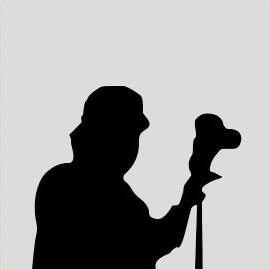2 Likes
The origins of the square date back to the fifteenth century, when the confluence of roads (streets today) of Atocha Toledo, just outside the medieval village, was held on this site, known as "Plaza del Arrabal" , the main market of the villa, built at this time a first home arcades, or market, to regulate trade in the square.
In 1580, after the court moved to Madrid in 1561, Philip II ordered the project to remodel the plaza to Juan de Herrera, commencing the demolition of the "apple house" of the old place that year. The construction of the first building of the new plaza, the Casa de la Panaderia, beginning in 1590 by Diego Sillero, on the site of the old Lonja. In 1617, Philip III, ordered the completion of the work of Juan Gómez de Mora, who in 1619 completed the square.
The Plaza Mayor has suffered three major fires in its history, the first one in 1631, performing for the same Juan Gómez de Mora in the reconstruction. The second fire occurred in 1670 being the architect Tomás Román in charge of reconstruction. The last of the fires, which destroyed one third of the square, took place in 1790, directing the work of Sabatini extinction.Reconstruction was commissioned Juan de Villanueva, which lowered the height of the houses surrounding the square from five to three plants and closed the corners enabling large arches for access. The reconstruction works are continuing until 1854, to continue, after Villanueva's death, his disciples Antonio Lopez Aguado and Custodio Moreno.
In 1848, he placed the equestrian statue of Felipe III in the center of the square, designed by Giambologna and Pietro Tacca dating back to 1616.
In 1880, he restored the Casa de la Panaderia, taking charge Joaquín María de la Vega of the project. In 1921 he reformed the village, work by Oriol. In 1935 another reform took place, conducted by Fernando Garcia Mercadal. And in the 60 general restoration was undertaken, which closed to traffic and enabled an underground garage under the square. The last of the performances in the Plaza Mayor, held in 1992, was the mural decoration, the work of Carlos Franco, Casa de la Panaderia, representing mythological figures like the goddess Cybele.
...




